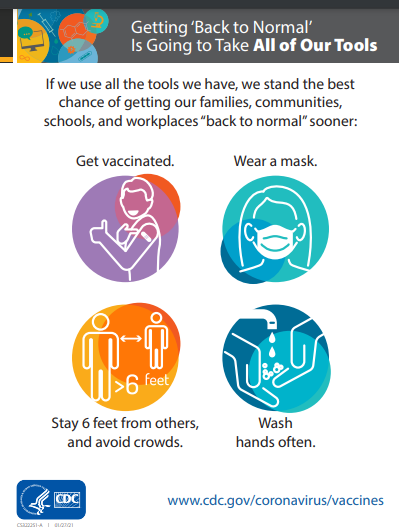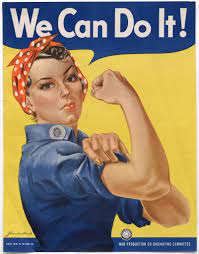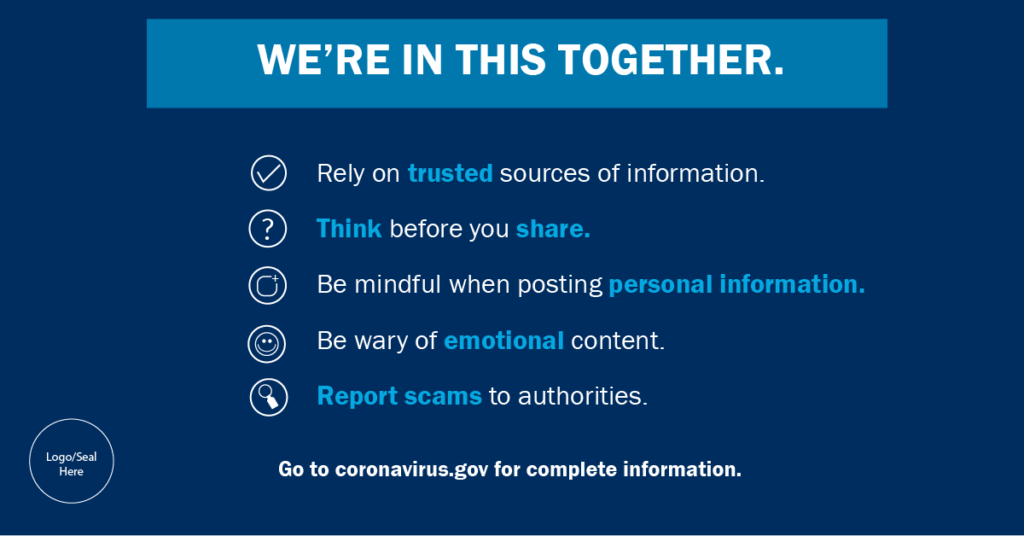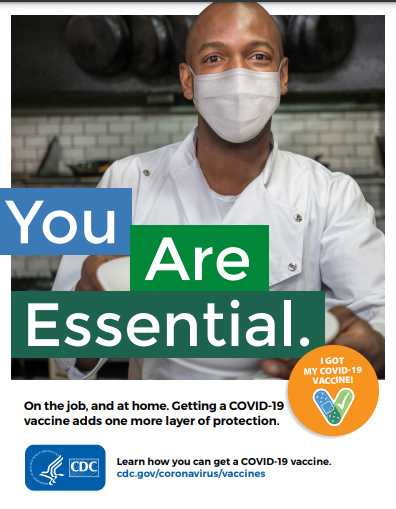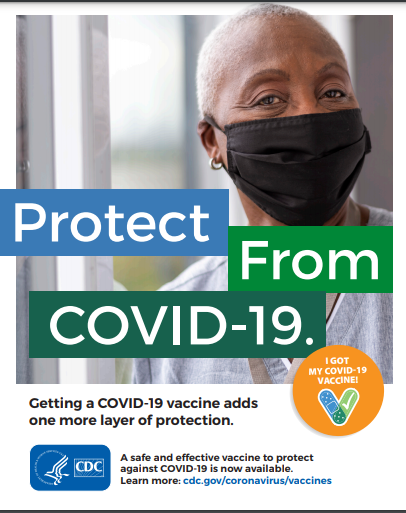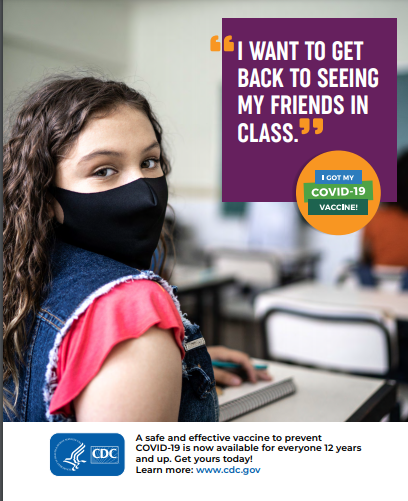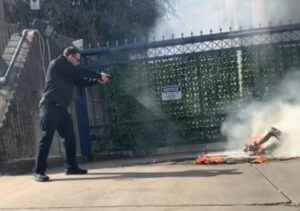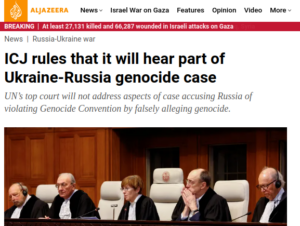COVID-19 Mass Formation Psychosis and Hysteria: Separating Truth from Propaganda and Alternate Realities.
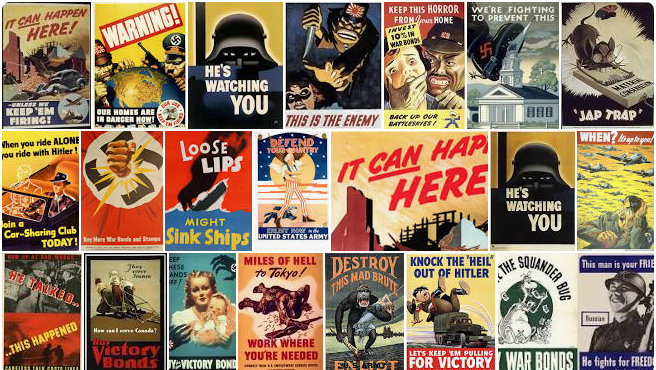
Mass hysteria and psychosis can be inflicted upon humans under a variety of circumstances. Both develop and are prone to spread when individuals and groups are suffering severe anxiety of stress. Circulating content that invokes anxiety and stress can impact mass hysteria symptoms:
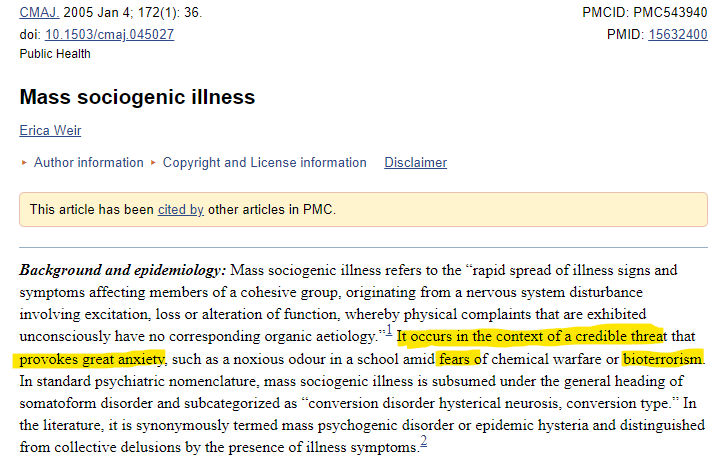
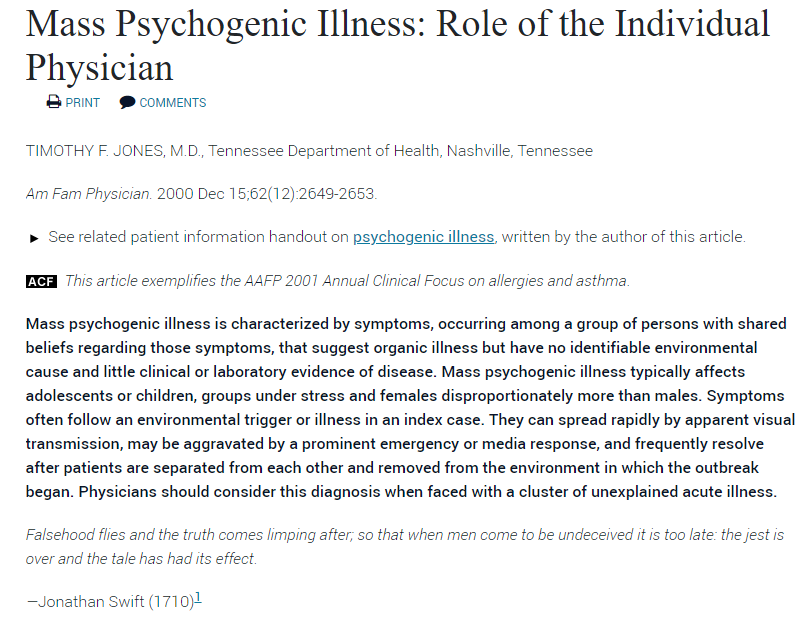

COVID-19 and the Political Economy of Mass Hysteria:

The NIH created a mass messaging campaign plan for COVID-19 vaccines:
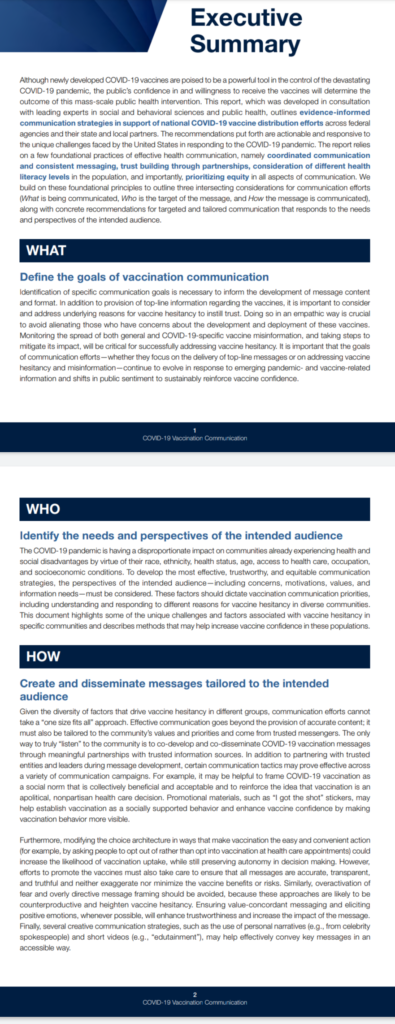
Footnote 67 in the NIH PDF above is a from The Ethics of Vaccination (written in 2019), which discusses an intervention ladder, which uses tactics such as a creating new social norms and vaccine mandates to increase vaccination.

Yale conducted a vaccine messaging clinical study in which anger, embarrassment, loss of freedom, economic problems, and other emotional based tactics were reviewed:
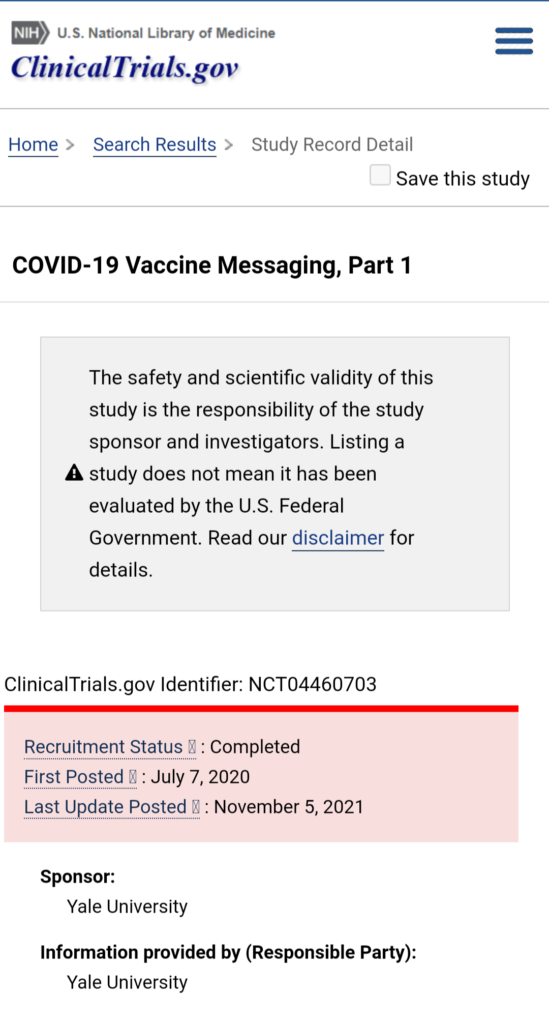

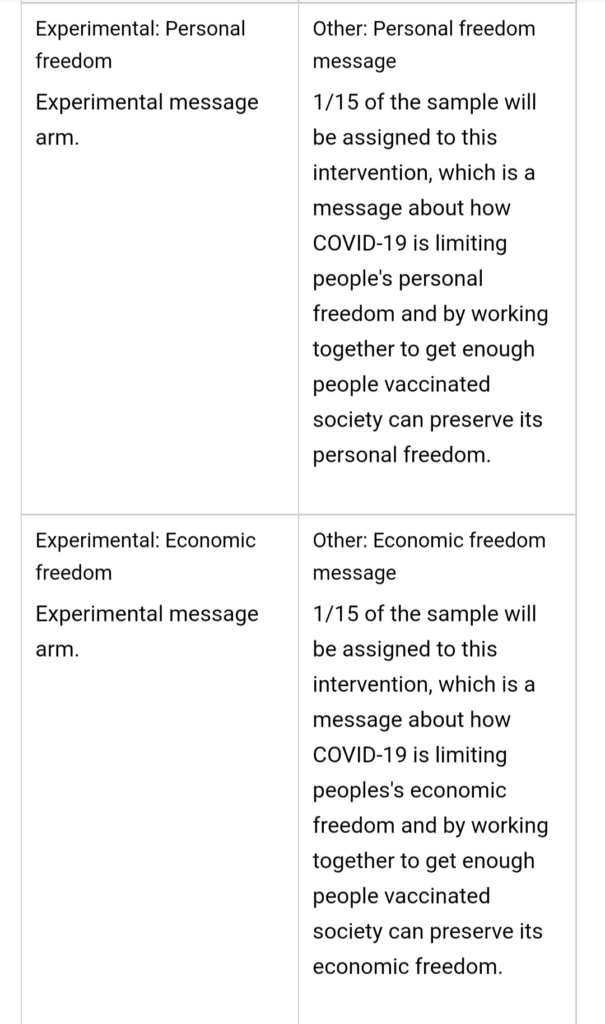
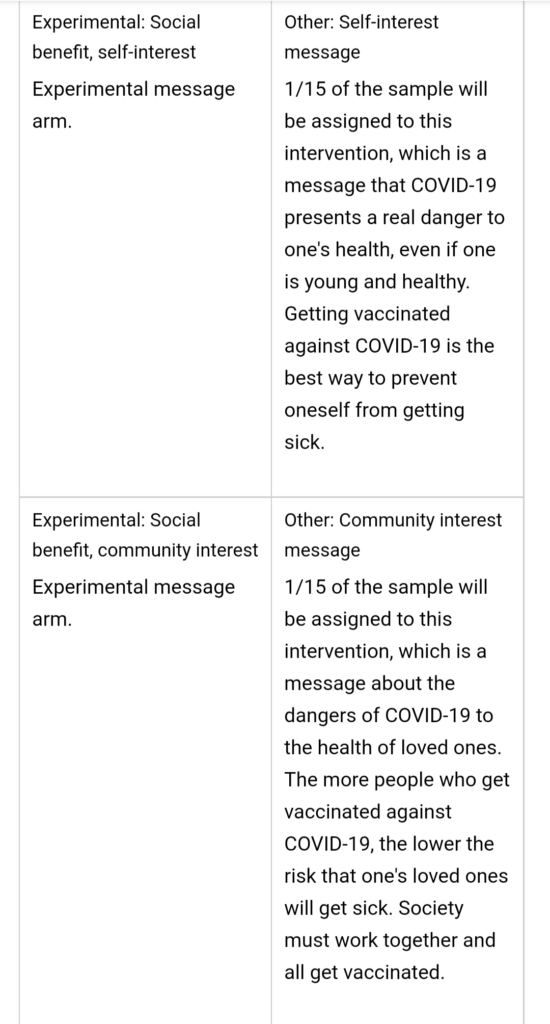
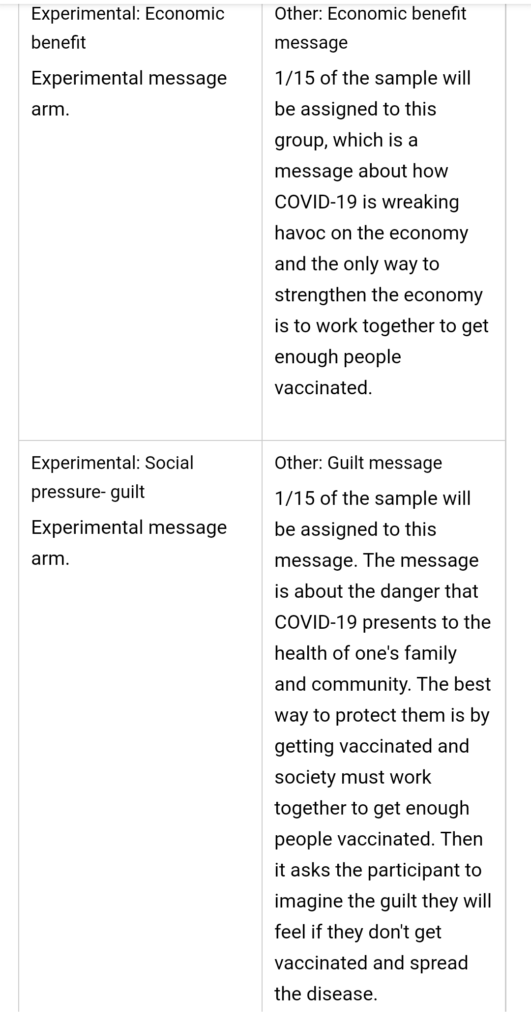
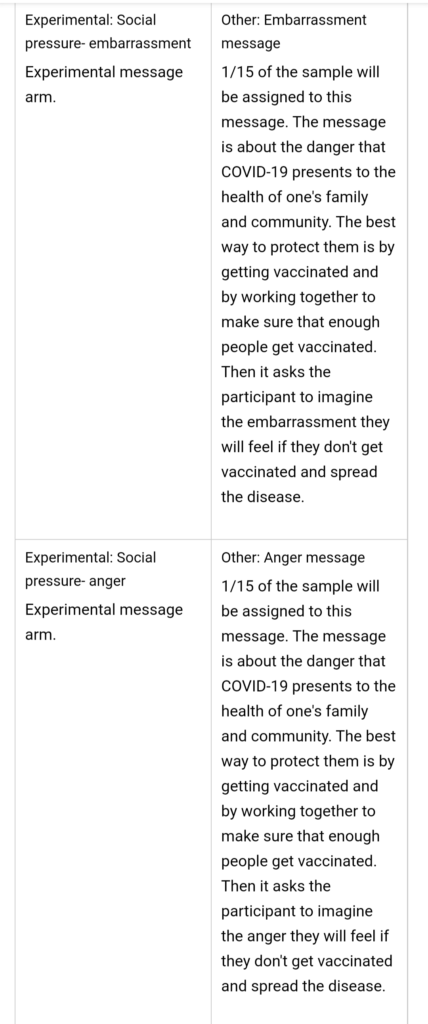
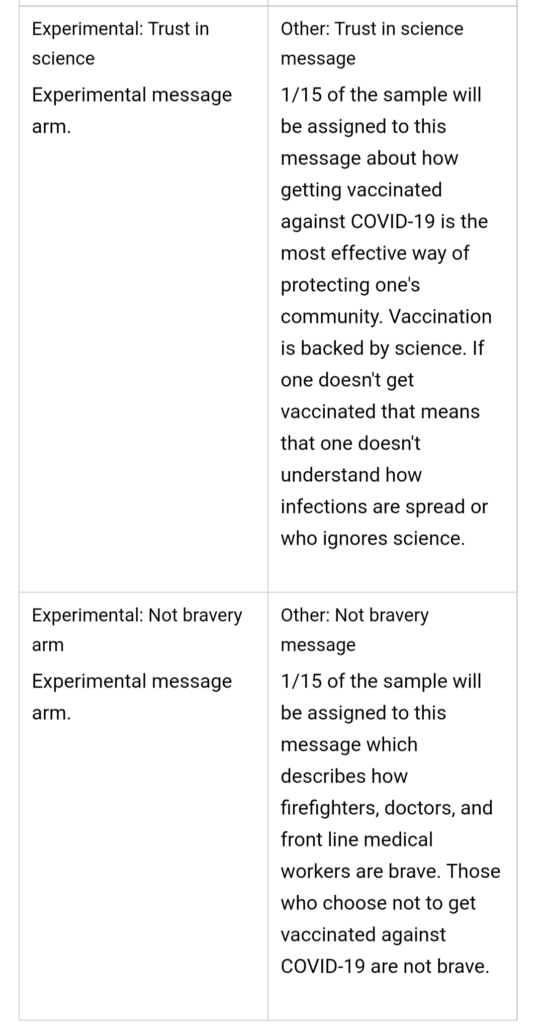
The Yale clinical trial first posted it’s study on clinicaltrials.gov in July 2021, last updating information in early November 2021. Public health and vaccine message generally included many themes from the Yale 2021 vaccine messaging study, with those messages circulating in lockstep in accordance with the NIH’s December 2020 publication entitled COVID-19 Vaccination Communication: Applying Behavioral and Social Science to Address Vaccine Hesitancy and Foster Vaccine Confidence.
Mass Psychosis
Mass Formation Psychosis
From Robert Malone’s Substack:
Malone mentions mass formation psychosis during his three-hour interview with Rogan:
Audio of Dr. Malone discussing mass psychosis formation in late 2021:
Following Malone’s interview with Joe Rogan, google manipulated search engine results for mass formation psychosis:
COVID and Office of War Information Propaganda
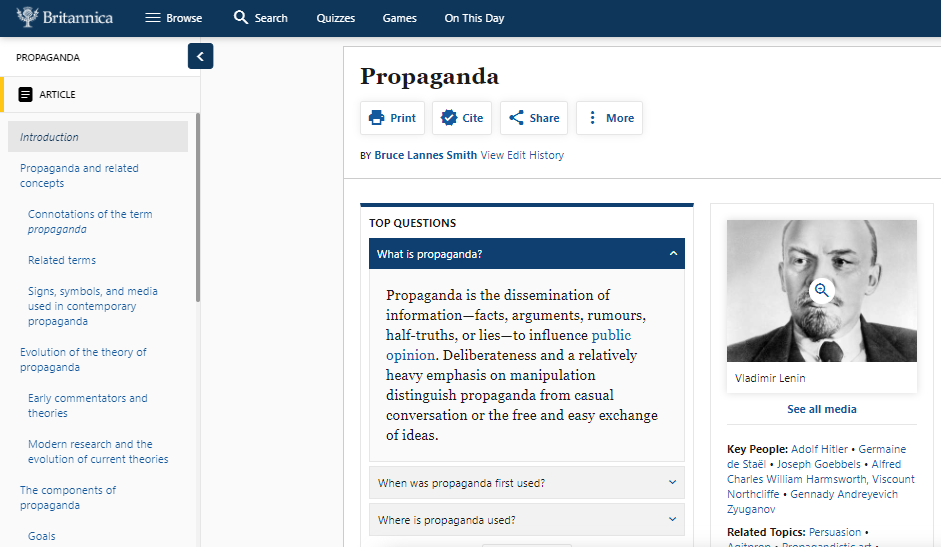
The Office of War Information was established by President Franklin Roosevelt during World War II. The OWI utilized the media, including movies and television shows, to spread pro-war propaganda among American civilians.
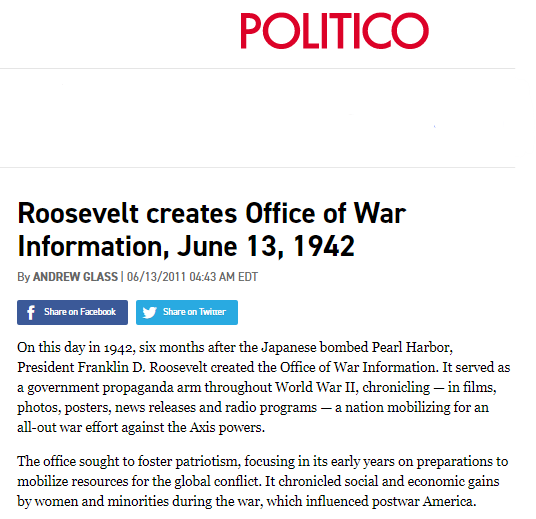

The following are examples of propaganda posters the OWI produced during World War II:
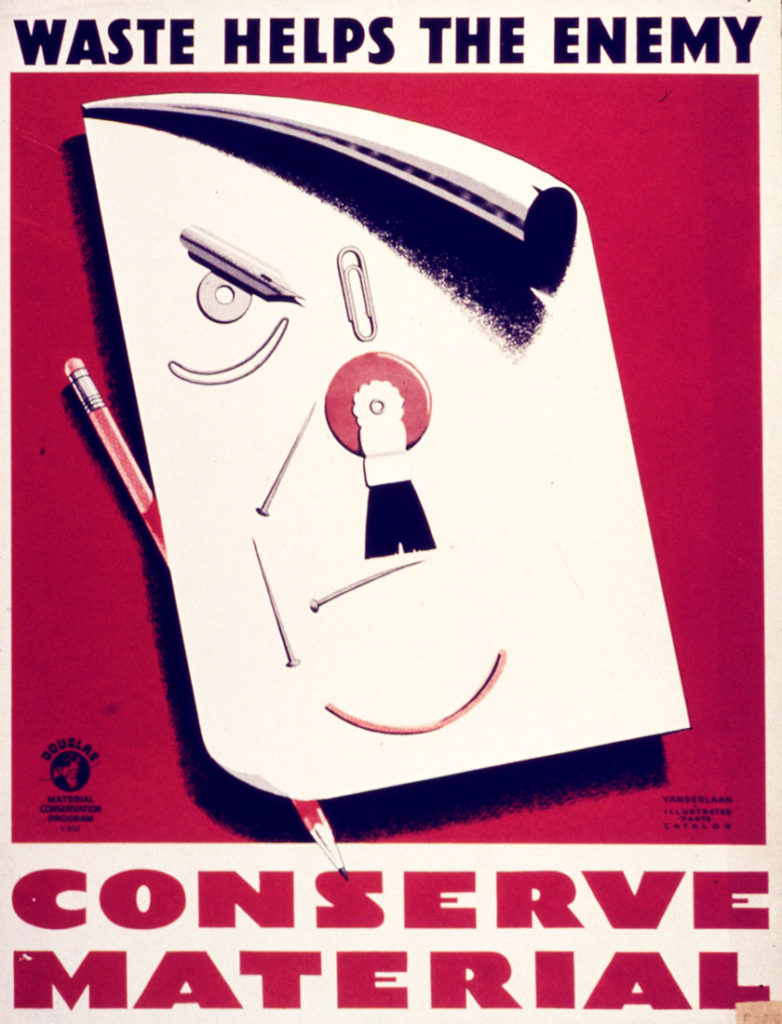
Portrait 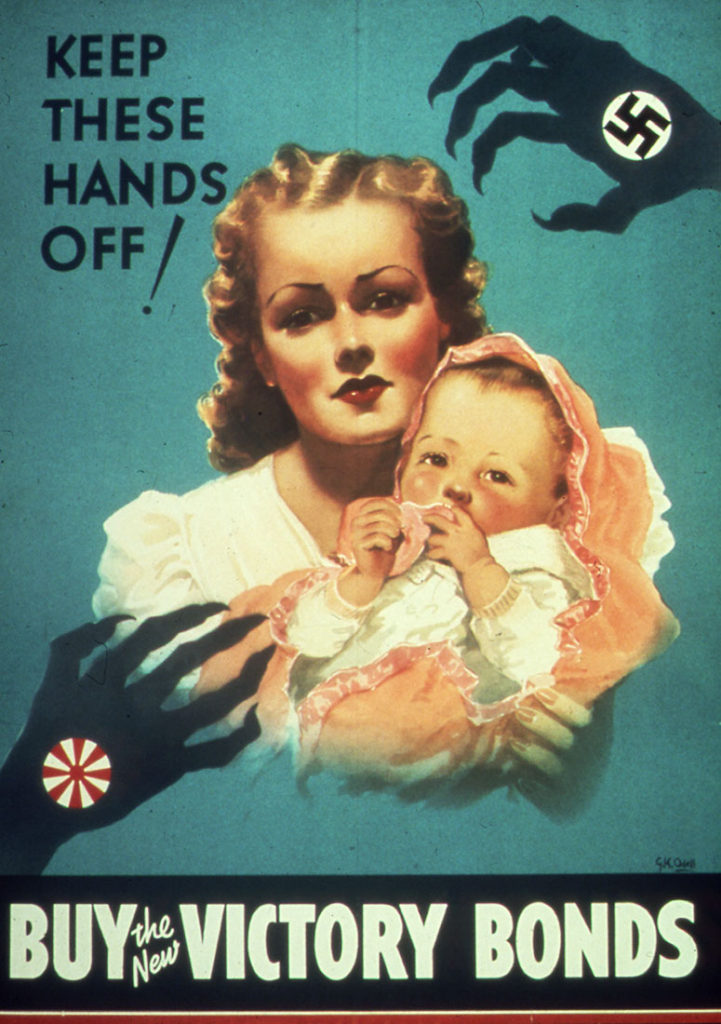
Portrait 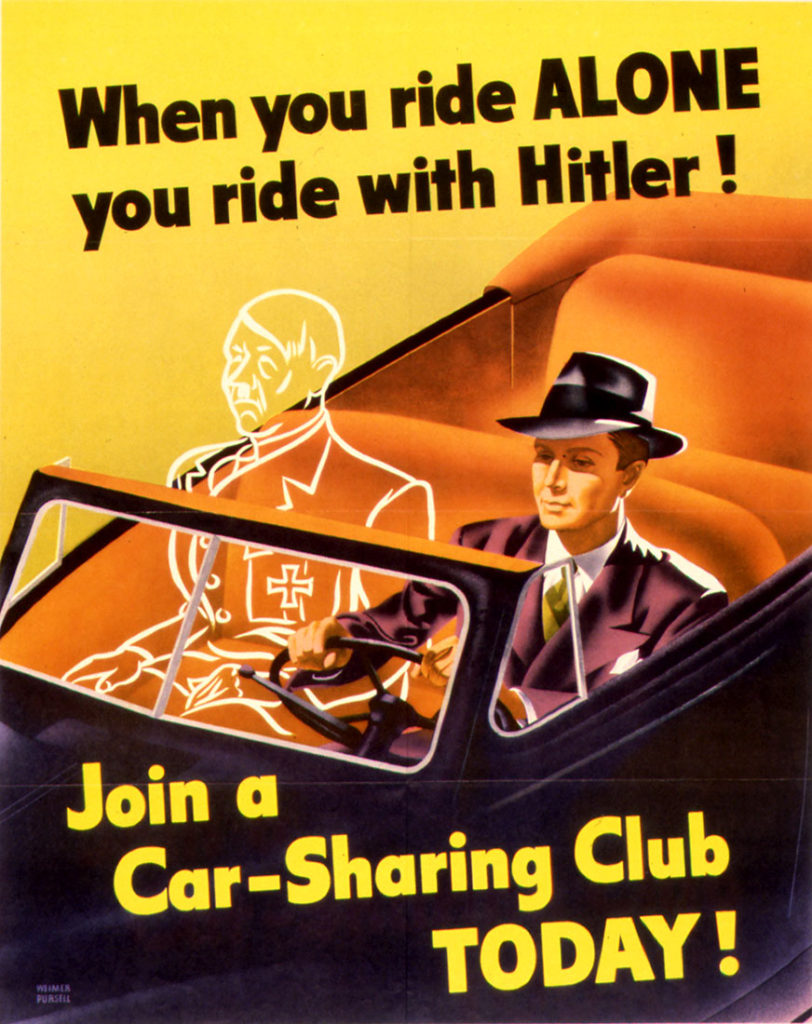
Portrait 
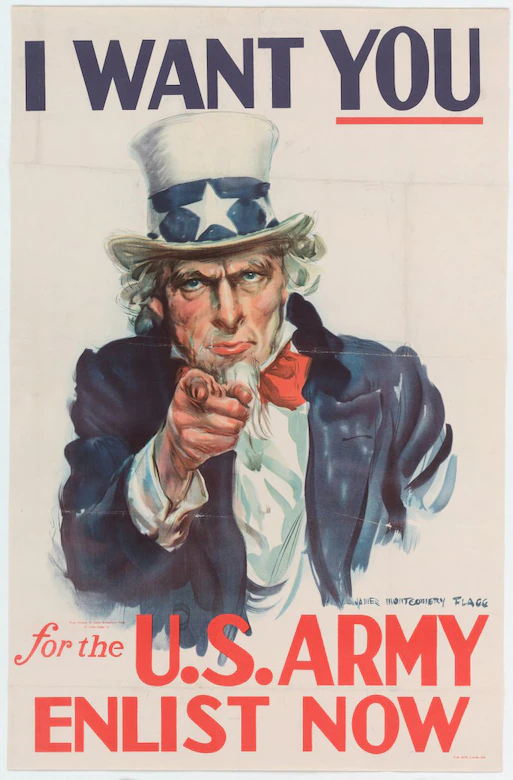
On the bottom left is a CDC COVID-19 poster. On the right is an OWI Rosie the Riveter WWII propaganda poster:
Not only does the CDC emulate and copy OWI World War II propaganda, the CDC has a “See Something, Say Something” category on their blog. The Department of Homeland Security also has a “See Something, Say Something” webpage and graphic:
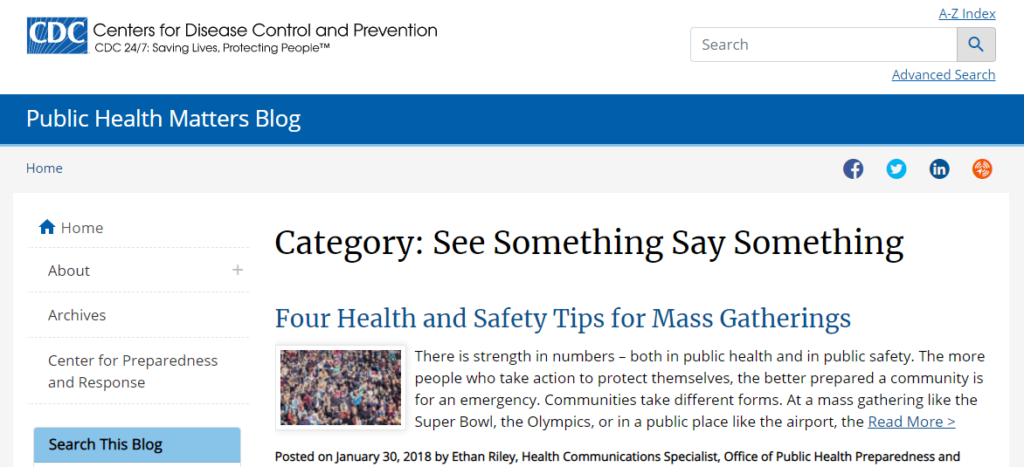

Below are graphics and COVID-19 misinformation content from CISA, which is under the Department of Homeland Security:
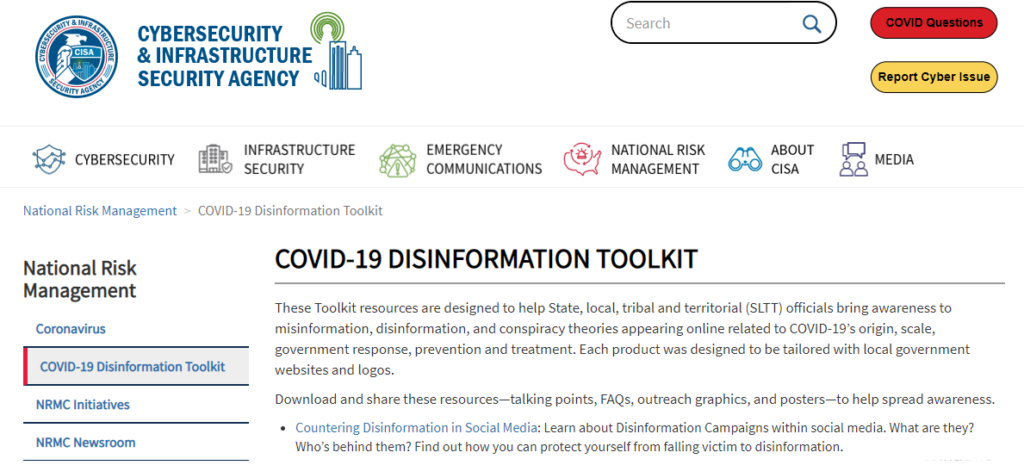
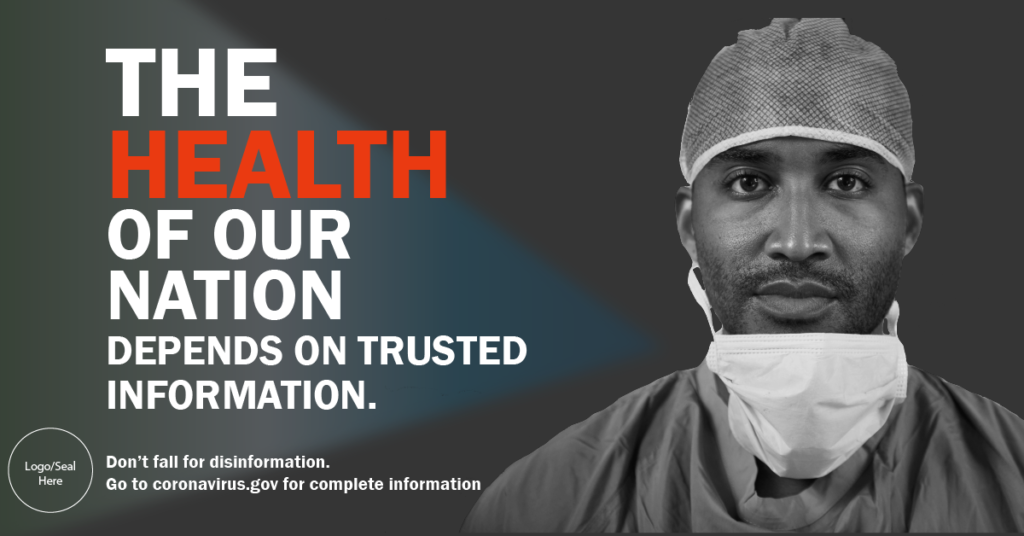
Below are current graphics available on the CDC’s website to promote vaccination:
Below is an example of methods in which CDC graphics provoke an emotional response that conflicts with facts and reality. Among over 265,000 delta variant COVID-19 cases in individuals under 50 years old, the fatality rate was 0%:
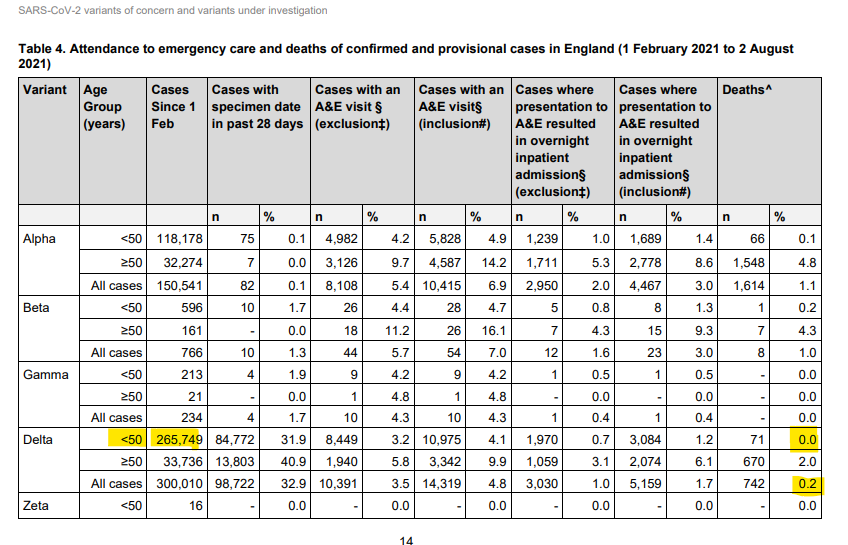
Despite the Delta strain having a 0% fatality rate among individuals under 50 years of age (among over 265,000 cases), the CDC produced this graphic warning of the transmission of Delta strain:

FEMA recommends individuals stay calm during a crisis, meaning that unnecessarily raising alarm to a situation that may not be a real emergency is ill-advised:
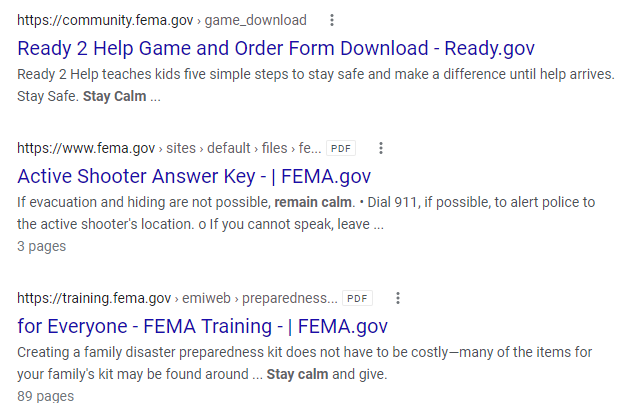
Effective propaganda provokes a strong emotional response. The strong emotional response is intended to have the audience answer the “call to action.” The CDC is recycling propaganda the United States military released on American civilians during World War II demonstrates the American government is using military information warfare techniques on American civilians during the CDC’s “War on COVID-19. Sharing slogans with the Department of Homeland Security, which has a COVID misinformation toolkit shows the CDC and DHS are working in “lockstep” to “fight” COVID-19 information. Which is concerning when the DHS is equating potential COVID-19 restrictions as a trigger for violent domestic terrorism:

If public health is utilizing military information warfare propaganda during the “war” on COVID-19, perhaps the threat is being slightly exaggerated. And finally, why does the CDC have quotation marks on its Getting Back to Normal graphic. Is “back to normal” different than society before COVID-19?
